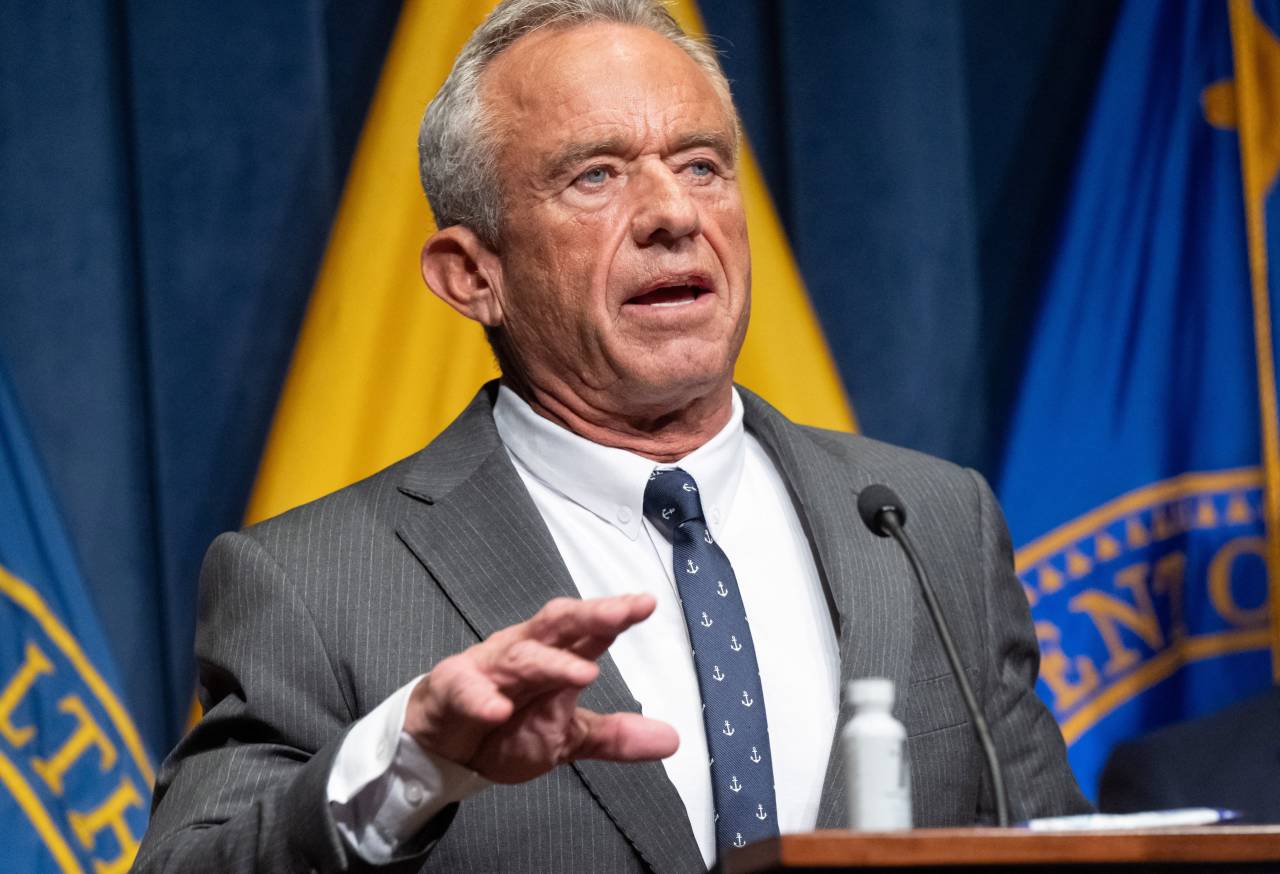Skinny Nutella Mocha Recipe
The Skinny Nutella Mocha: A Sweet and Healthy Twist on a Classic
Nothing beats a good mocha, but what about a Nutella Mocha? This drink is the perfect treat for those with a sweet tooth. However, if you're looking for a healthier alternative without the added sugar, the skinny Nutella Mocha is just what you need. It’s packed with flavor, caffeine, and 30 grams of protein, making it an ideal choice for anyone following a healthy lifestyle.

This recipe uses a variety of ingredients that are not only delicious but also fit well into a weight loss or fitness plan. For example, I often use sugar-free syrups to add flavor to my coffee without the added sugar. These syrups are a great way to enjoy your favorite drinks while keeping your point count low.
What is Weight Watchers?
If you're new to Weight Watchers, it's a popular weight loss program that helps individuals track their food intake using a points system. When you sign up, you take an assessment that assigns you a daily point value and a weekly allowance. You can carry over 4 points from one day to the next, which is helpful when you need more flexibility.
I have been on Weight Watchers since 2011 and have seen several changes in the program, including the introduction of the new Weight Watchers Simplified plan. This plan is similar to previous versions like WW Smartpoints, with some color-based plans. No matter which version you choose, the goal remains the same: to help you develop healthy eating habits.
Weight Watchers Nutella Mocha Recipe
Here’s how to make a delicious and healthy Nutella Mocha:
- Jordan Skinny Syrup Mocha: Use any brand of sugar-free syrup that is mocha, but verify it is zero points.
- Hazlenut Sugar-Free Syrup: Adds a rich, nutty flavor to your drink.
- Cold Brew: I prefer using Wandering Bear cold brew coffee because it's convenient and doesn’t require brewing. You can also use espresso shots or decaf coffee if you prefer.
- Chocolate Protein Shake: I use a ready-to-drink protein shake, but you can also use protein powder if you prefer.
- Fat-Free Whipped Topping: Be sure to check the nutritional information as this can affect your point count.
- Chocolate Sprinkles: Optional, but adds a fun and festive touch to your drink.
For the full recipe and ingredients, visit Cook Eat Go.
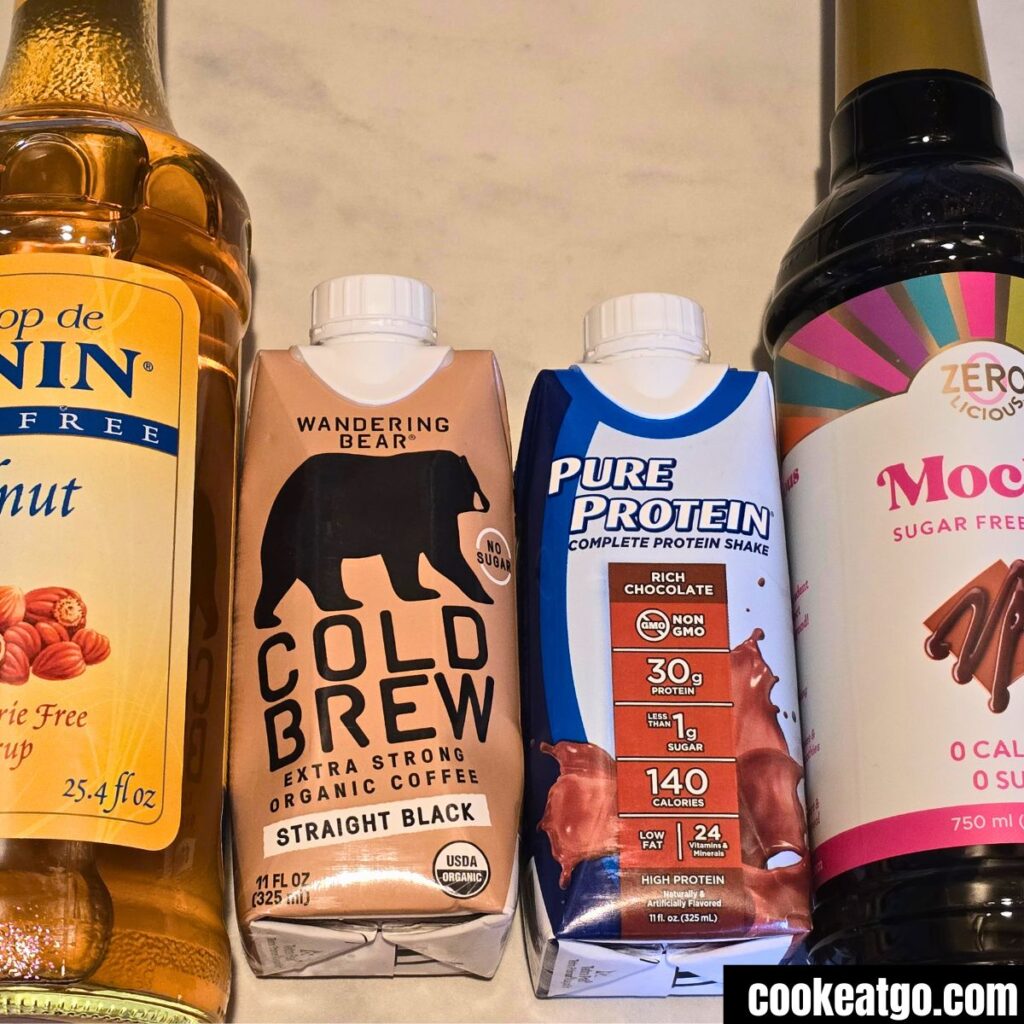
What is a Proffee?
A proffee is a coffee drink that replaces creamer with a protein shake. You can use already flavored protein shakes like Salted Caramel, Chocolate, Peanut Butter Chocolate, or Mocha. Adding sugar-free syrups is a great way to customize the flavor of your coffee.
I love using the Pure Protein Ready to Drink shakes because they are only 1 Weight Watchers point and are also keto-friendly. Premier Protein Ready to Drink shakes are 3 WW Points, making them another excellent option.
How to Make a Nutella Proffee
Follow these steps to create your own Nutella Proffee:
- Brew your coffee if needed.
- Use a large cup, such as a Venti Starbucks cup.
- Fill the cup with ice and pour in your protein shake.
- Add your cold brew coffee, leaving room for whipped topping.
- Pour or pump your Skinny Mocha Syrup and hazelnut syrup into your cup.
- Mix with a straw.
- Add optional whipped topping and sprinkles.
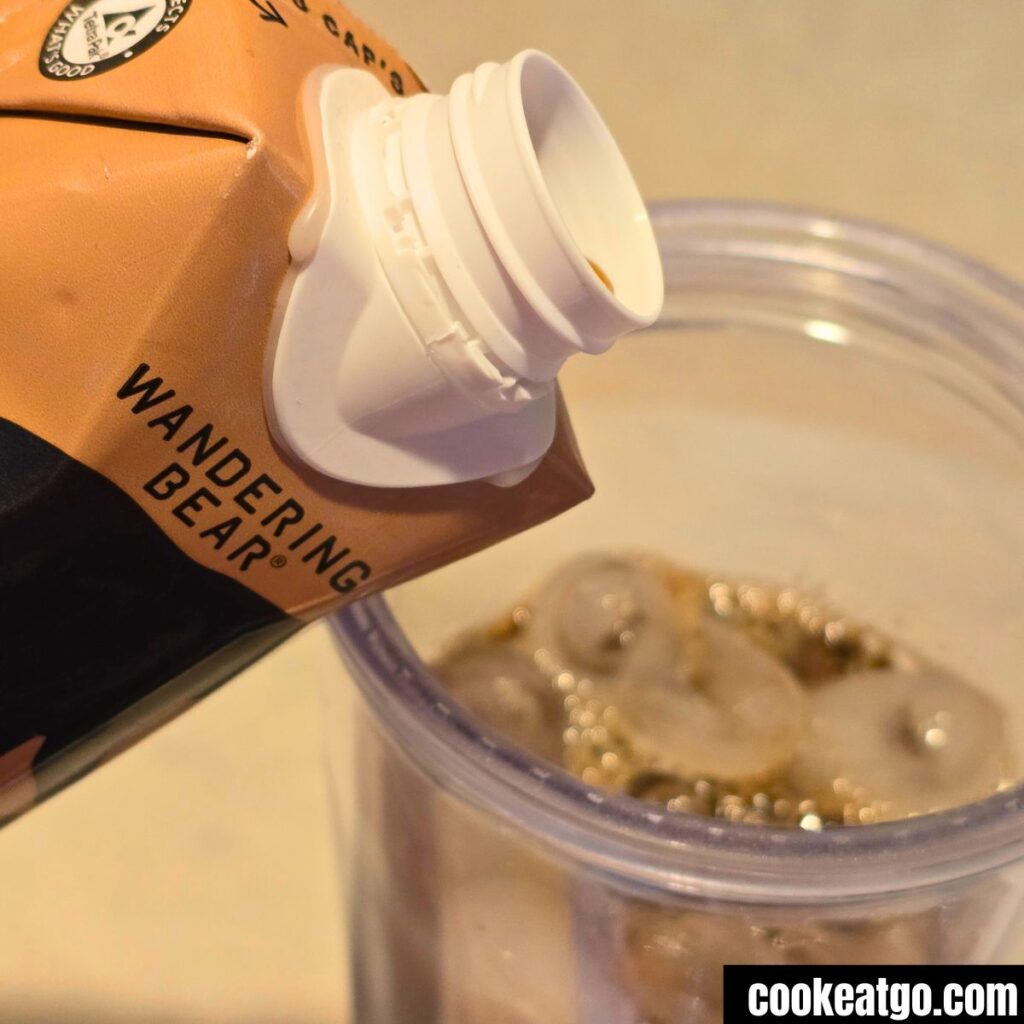
Weight Watchers Points for Nutella Mocha
The only thing with points in this recipe is the protein shake. Here are some of my go-to brands:
- Fairlife Chocolate Protein Shake – 3 Weight Watchers points per bottle
- Premier Protein Protein Shake – 3 Weight Watchers points per carton
- Pure Protein Protein Shake – 1 Weight Watchers point per carton
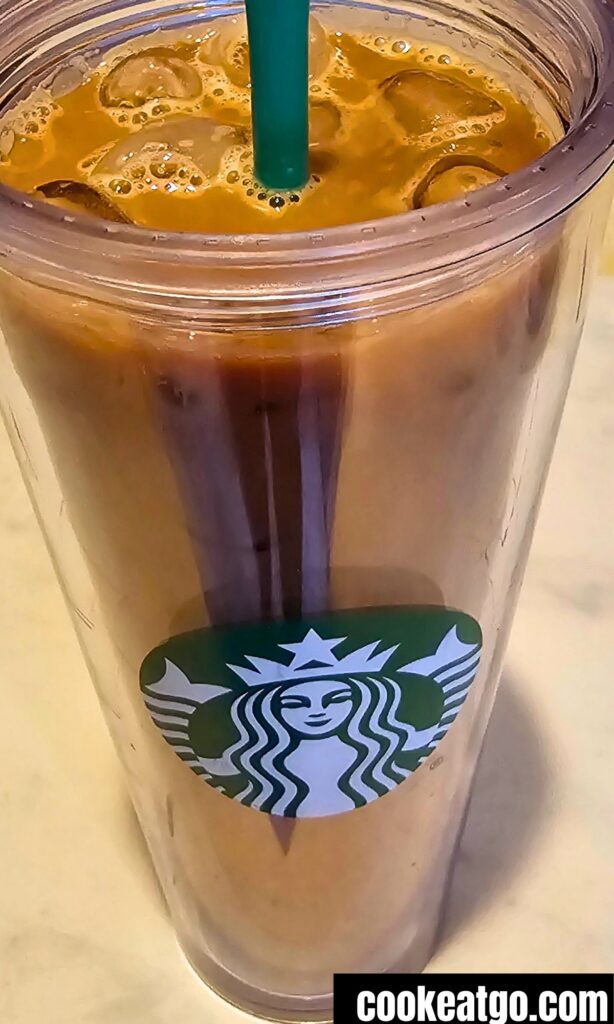
Protein Shake Recipes
I love using ready-to-drink protein shakes to make various drinks at home. They are easy to use and taste amazing. Some of my favorite recipes include:
- Root Beer Protein Shake
- Skinny Peppermint Mocha Shake
- Orange Creamsicle Protein Shake
- Skinny Pumpkin Spice Latte
- Skinny Mocha Latte
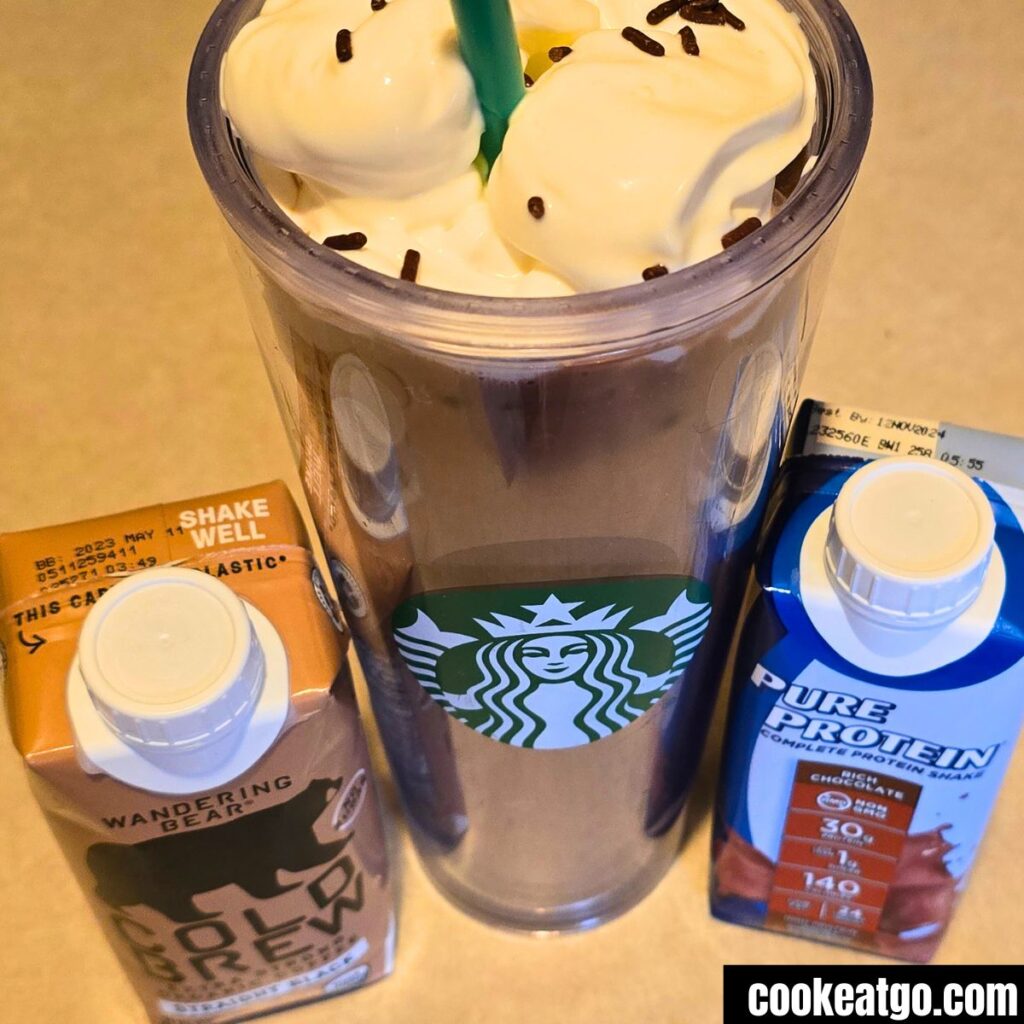
Ready-to-Drink Protein Shakes
If you don’t have a Costco, Amazon offers some of the best prices for these shakes. They come in 11 Fl Oz sizes and contain 30 grams of protein with only 1g of sugar. They have a creamy texture and are great for quick and easy meals.
Some of my favorite flavors include:
- Cinnamon Roll
- Root Beer Float
- Cafe Latte
- Chocolate Peanut Butter
- Pumpkin Pie
- Premier Protein Cake Batter Delight
If you're looking for other ways to get more protein, consider trying Premier Protein protein bars and cereals.
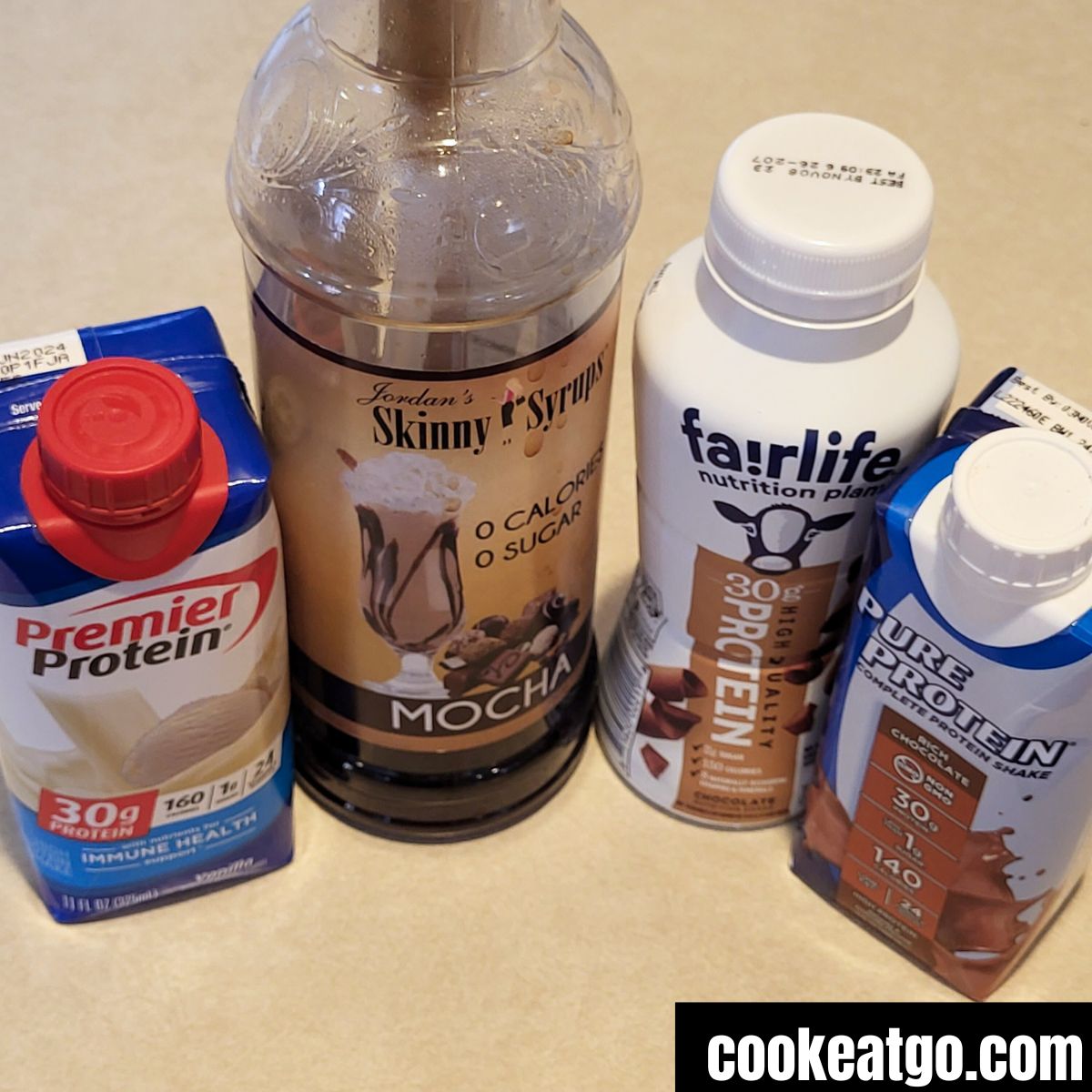
Weight Watchers Collections to Check Out
Are you looking for Zero Point food ideas? Check out this list of all the Zero Weight Watchers points foods. These are easy recipes made in my kitchen and most are kid-approved.
Recipes:
- Weight Watchers Instant Pot Recipes
- Delicious Low Point Soups
- WW Dinners For The Family
- Weight Watchers Air Fryer Recipes
- WW Dessert Recipes
- WW Pumpkin Recipes
- WW Brownie Recipes
- WW Casserole Recipes
- Weight Watcher Muffins
- WW Breakfast Recipes
- Weight Watchers Pizzas
- Weight Watchers Grilling
- WW Chicken Dinners
Shopping Guides:
- Best Weight Watchers Cereals
- Best Weight Watchers Tortillas
- Best Store-Bought Weight Watchers Salad Dressings
- Coffee Creamers
- Pure Protein and Weight Watchers
- Best Bread For Weight Watchers
- Best Protein Bars for Weight Watchers
Be sure to follow Cook Eat Go on MSN, Facebook, Instagram, and Pinterest for all of our recipe posts. You can also grab her free e-book and get her emails.
